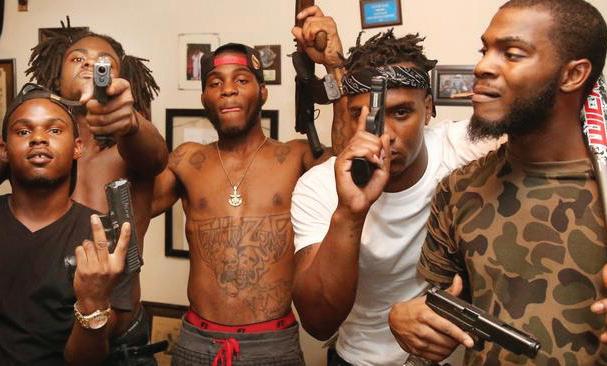
8 minute read
EDUCATE YOURSELF
Knowledge Is Power
GUNS AND THE BLACK MALE
Advertisement
A Decades-Long Tragedy
By Steve Woodhouse
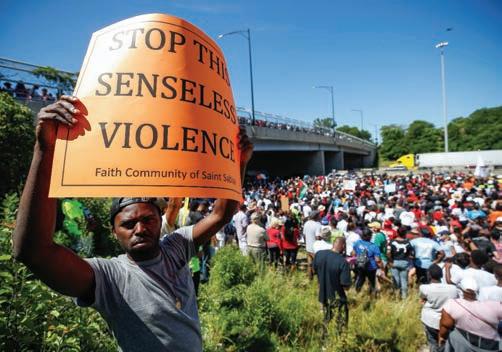
When you think of Chicago, that Windy City off of Lake Michigan, America’s third largest at 2.7 million residents, Mrs. O’Leary’s cow and Marshall Field’s may come immediately to mind. Still others may remember that Chi-Town was the epicenter of gang violence married to political and law enforcement corruption in the 1920s. The Thompson submachine gun, aka the Tommy gun or “Chicago typewriter,” perfected in the trenches of World War I, ruled the streets and racked up a Prohibition-era body count so awesome that it inspired the U.S. Treasury Department to form a special unit, led by a young Eliot Ness, to battle “Scarface” Al Capone and his hoods. These Untouchables, as the local press came to call them (for their alleged refusal to take bribes), had a mission that can best be summed up by Sean Connery, one of the stars in the 1987 film of the same name:
TOP LEFT: Black Chicago youth brandish their guns.
TOP RIGHT: Black Chicagoans protest to stop youth gun violence in their neighborhoods. CENTER RIGHT:“Scarface” Al Capone, prototype of the modern gangster
BOTTOM RIGHT: John Gotti, a thug-life idol


Connery’s sober advice was carried out with often brutal efficiency by the law, but the price was expensive, and the lesson extended far beyond Chicago and the Mob—especially to African American teens in every city. Much like the old syndicate of Capone’s time, mostly urban black teens have felt it necessary to arm themselves with cheap handguns and automatic weapons— the dreaded TEC-9s—in their own street gangs, killing each other off over turf and machismo, much like their real-life heroes, Capone and John Gotti, and fictional ones, such as Tony Montana from the movie Scarface. An entire culture, called thug life, immortalized since the 1980s in Gangsta Rap, portrays a grim world where young black men, cut off from the means of advancement in American society through racism, choose crime and self-annihilation as the route to the American Dream—like the fictional Corleones in The Godfather. They see unarmed black teens such as Trayvon Martin, Michael Brown and Oscar Grant gunned down by police and private citizens who face no consequences and find even more reason to arm themselves. Rapper Freddie Gibbs said it succinctly:
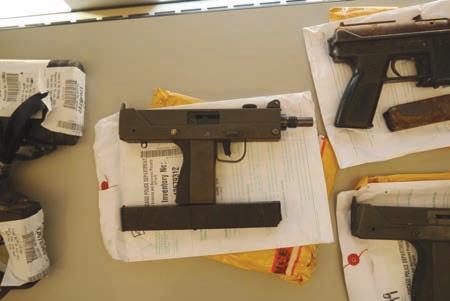
Gibbs’ reaction to white racism is not new. In times of slavery, black lives most certainly did not matter—at least not to an extent beyond that of anything else considered to be livestock. There was little to no accounting for the number of black lives lost.
Early freedom fighters recognized a need for black people to be armed. Harriet Tubman was never without her firearm when organizing and passing through the Underground Railroad. Frederick Douglass is famously quoted as saying that “a man’s rights rest in three boxes: the ballot box, the jury box, and the cartridge box.”
Douglass believed in the Constitution, which clearly states in the Second Amendment, “A wellregulated Militia, being necessary to the security of a free State, the right of the people to keep and bear Arms, shall not be infringed.”
But that didn’t apply to blacks, as only white men were able to be part of said militia. That notion was upheld again in the 1857 Supreme Court Dred Scott decision, when the justices determined that blacks were not “citizens.”
Even after the Civil War, states worked to pass laws to restrict black gun ownership. This came at a time when lynching was becoming the norm in the South and blacks grew more aware of the need to defend themselves.
Nearly 100 years later, in 1966, Huey P. Newton and Bobby Seale founded the Black Panther Party for Self-Defense. Black Panthers patrolled the streets, while exercising their right to bear arms in full view of everyone in black communities, to help keep those who may have intended to bring harm— including police—at bay.
The riots of the 1960s and the rise of street gangs, such as the Crips and Bloods on the West Coast, morphed into quite a different problem. Young blacks were turning their guns away from self-protection from “The Man” and toward each other, goaded on by depictions of the “good life” in pop culture and the intense desire for bling. Street crime—holding up liquor stores and such—was the quickest way to easy cash in their mind, until the advent of crack cocaine in the 1980s, which turned nickel-and-dime street thugs into multimillionaires. Like their Prohibition-era counterparts, their greed for money turned into violence and the settling of scores. Gangs adopted a long-forgotten tactic of the 1920s—the dreaded drive-by shooting, where enemy and civilian alike were gunned down. The urban body count was jaw-dropping: While lynching took 4,384 black lives in about 75 years, it is a far cry from the 93,262 shot dead in just 14 years (1999-2013).
Another 918 black lives were ended with guns between 2017-20. In the first six months of 2021, 104 more were added. Though black Americans are two-and-a-half times more likely than whites to
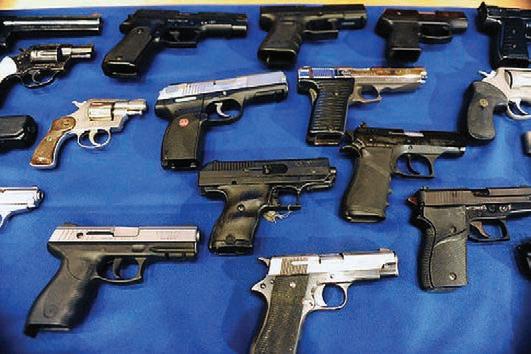
An array of popular street handguns
INSET: Chicago police-seized semiautomatic—a popular weapon for drive-by shootings


be shot by police, too many are taking their own lives. Between 1991-2017, suicide attempts among black youth increased by 73 percent.
Chicago Mayor Lori Lightfoot has become the symbol of political ineffectiveness in the face of the gun epidemic nationwide but especially afflicting her city. Through mid-June 2021, the city has recorded more than a 30 percent increase in murders and a nearly 60 percent jump in shootings compared to 2019, according to data released by the Chicago Police Department. The homicide rate for black Chicagoans is nine times higher than for any other racial demographic, according to data released by the city’s Department of Public Health.
The solutions to quell the violence are unclear at best and inflammatory at worst. They range from community policing, where police are encouraged to form a bond with the black neighborhoods they patrol; gun buybacks, which have been partially effective; and racial profiling, the most controversial, where black citizens, mostly men, are randomly stopped, frisked and questioned by the cops—a huge insult to their dignity. Still others advocate programs like midnight basketball to fill their idle time.
There are opposing approaches to stemming the level of gun violence encountered by black Americans. Organizations such as the Brady Center to Prevent Gun Violence push for stricter gun laws and less access to weapons. Meanwhile, the National African American Gun Association (NAAGA) encourages black Americans to exercise their Second Amendment rights. NAAGA has seen growth in its membership, as well as an increase in the number of black Americans who choose to own a gun. This organization promotes gun safety, training and home defense.
The question remains: Which approach, among many others, will be more successful in protecting the lives of black males?
TOP LEFT: Random gang-suspected killings of civilians, such as Serenity Broughton, 7, in Chicago have attracted national headlines and political propaganda from the Left and the Right.
TOP RIGHT: Chicago Mayor Lori Lightfoot is waging a valiant fight in her city, which was plagued by America’s highest number of gun murders in 2020.

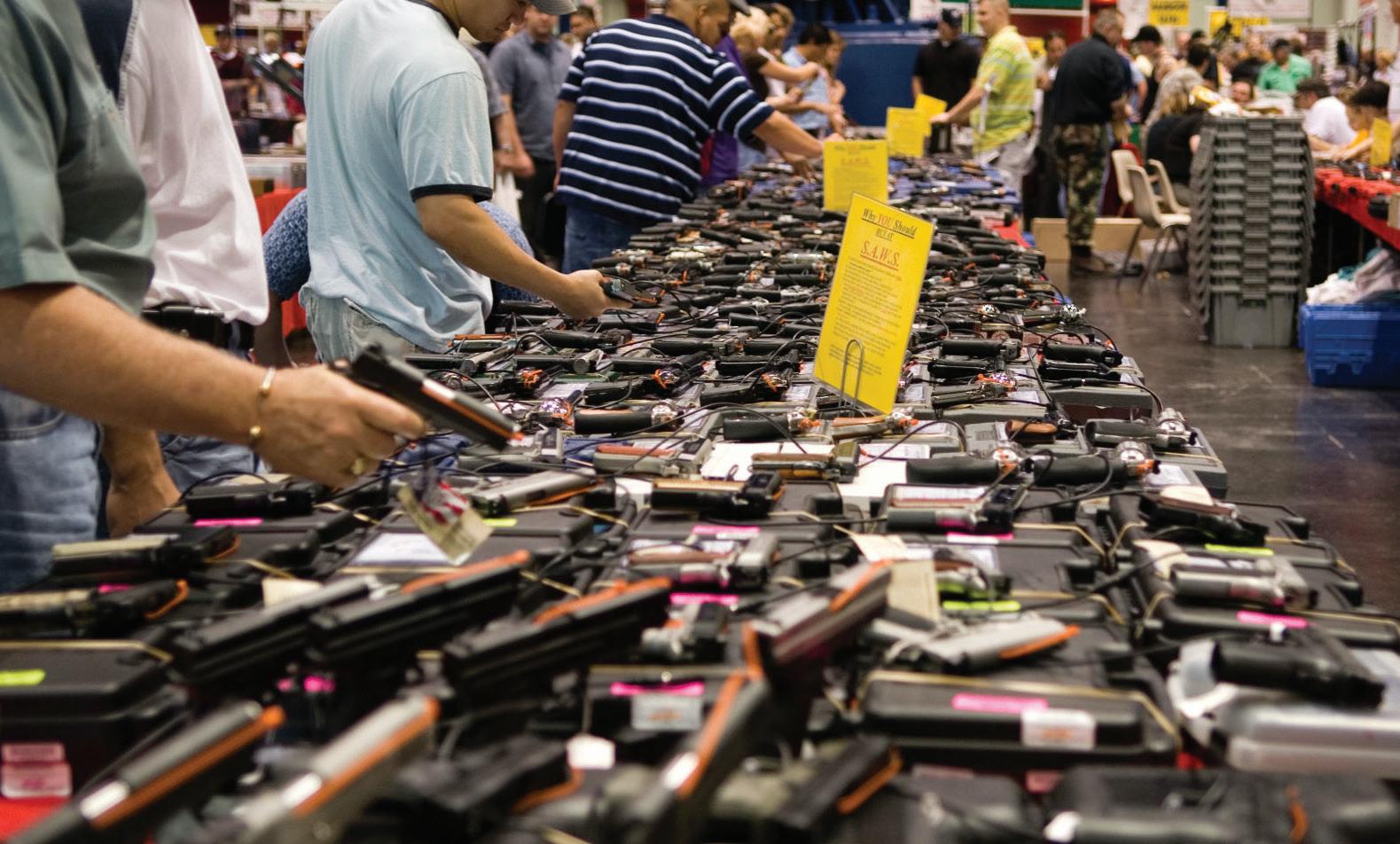
Where Are the Guns Coming From?
It appears to be easy to get a gun in America. The numbers are inexact due to varying regulations, but the number of guns owned in the U.S. is probably between 200 and 350 million. Black teens gain access to these guns in two major ways. The first way is by using guns owned by their parents— the chief means of teen suicide, by the way. A locked and stored gun is usually no impediment, as bright teens know how to pick the lock.
The second way is to get a gun “off the street.” A lot of school kids know the difference between a “clean” gun, essentially one that has never been used, and a “dirty” gun, or one that was used in the commission of a crime, including murder, and they know the quality and price range of each weapon. They “know a guy,” usually a gang member who sells guns out of his car trunk. He in turn gets his guns from straw purchasers and gun dealers in states such as Indiana for Chicago and Virginia for the East Coast—states with plenty of purchasing loopholes. Although teens can purchase a revolver for around $50 or a semiautomatic for $100, they are often acquired for free through friends, family or a gang. A group of teens interviewed by the Chicago Police Department claimed that a gun is needed for protection and respect, so that you don’t look weak. Such logic has inevitably turned into an arms race. Said one teen:
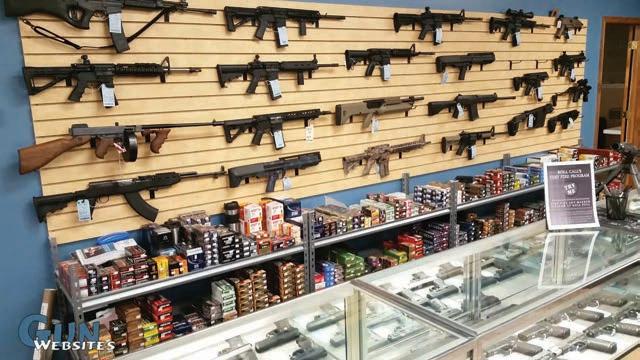
Indiana gun shops and gun shows are a prime source of street guns in Chicago.
IT’S CLASSIFIED
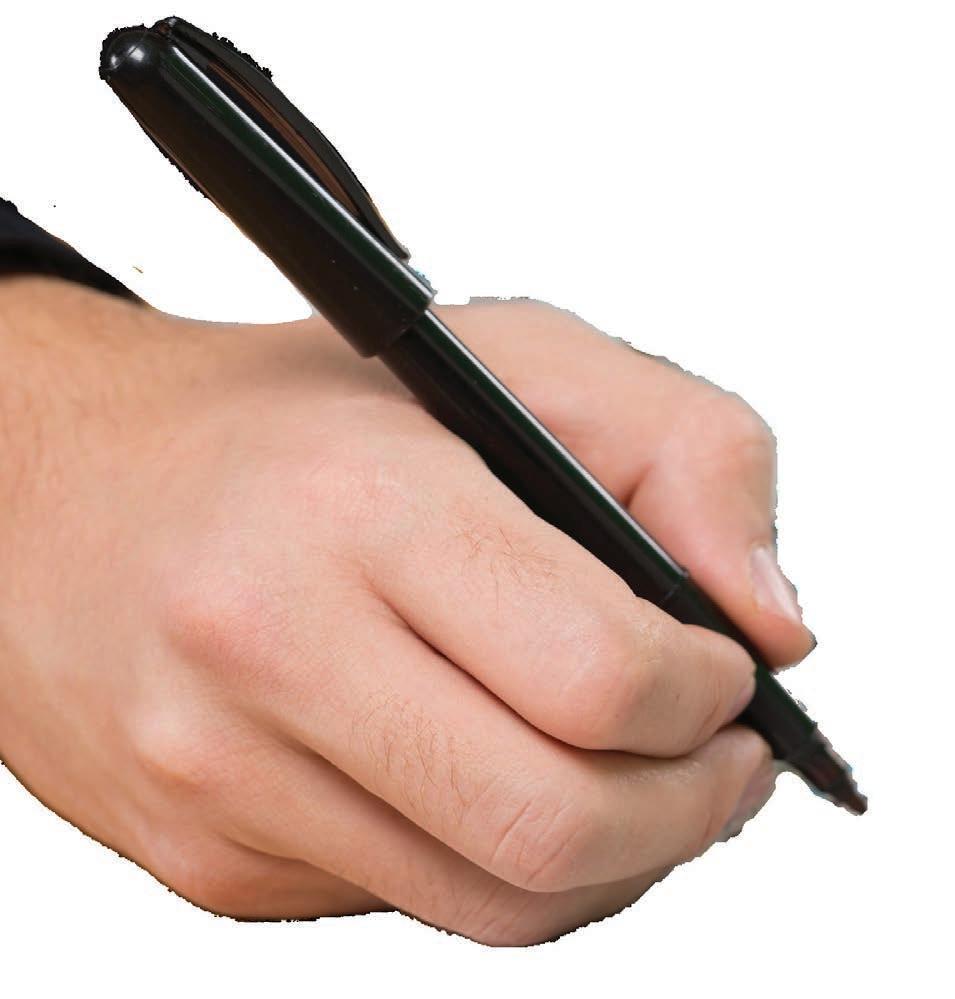
GET NOTICED!


